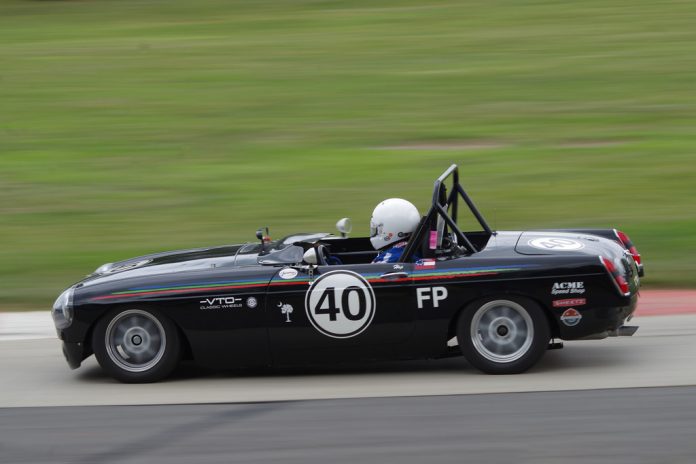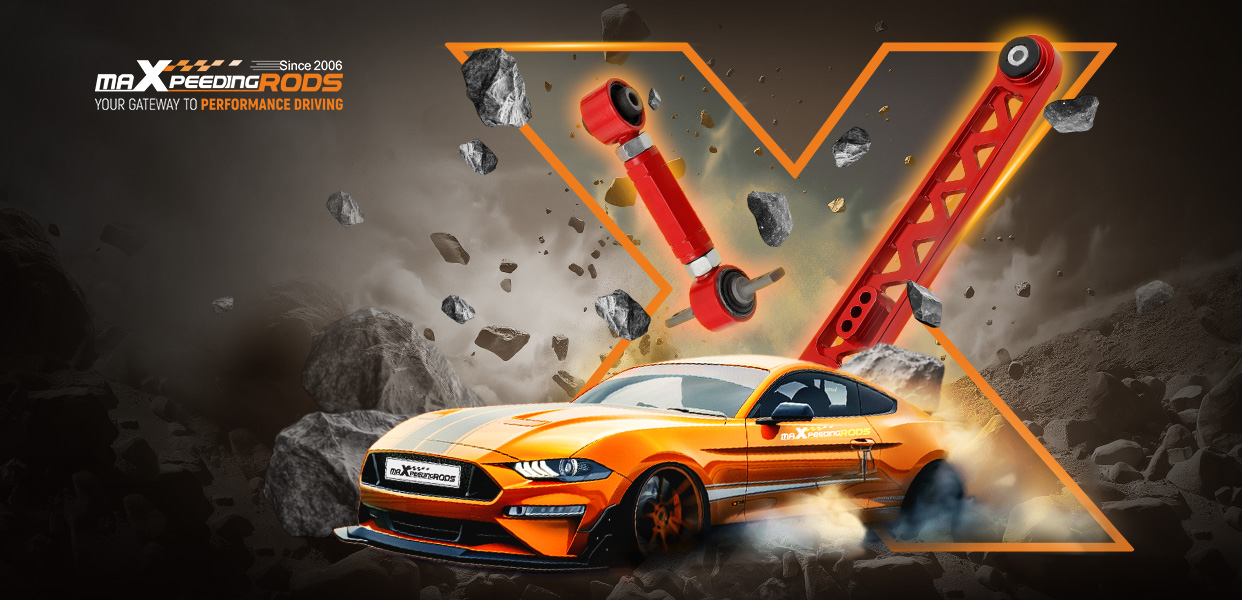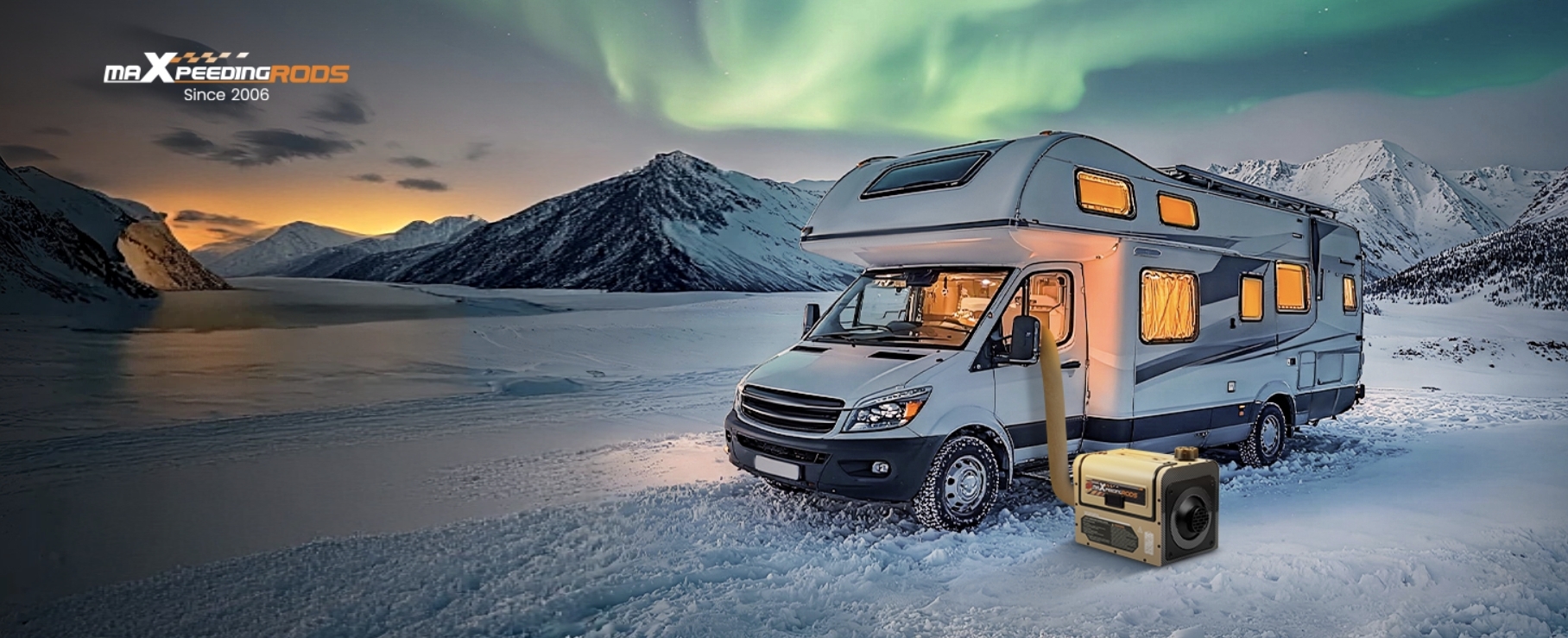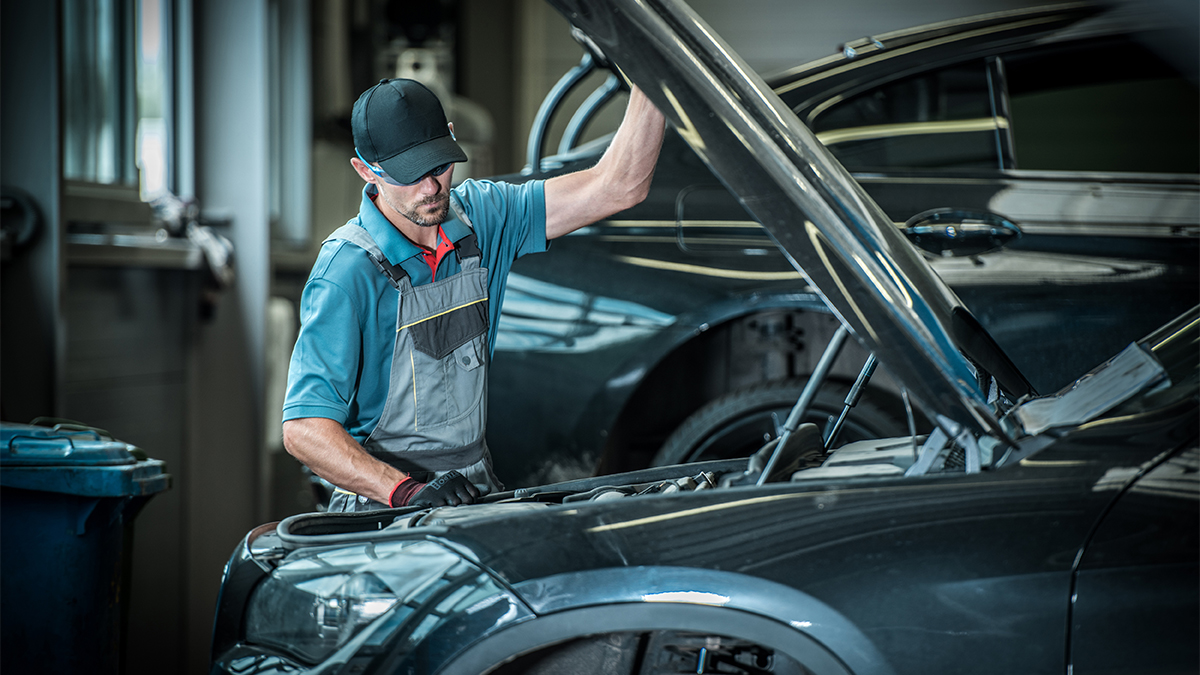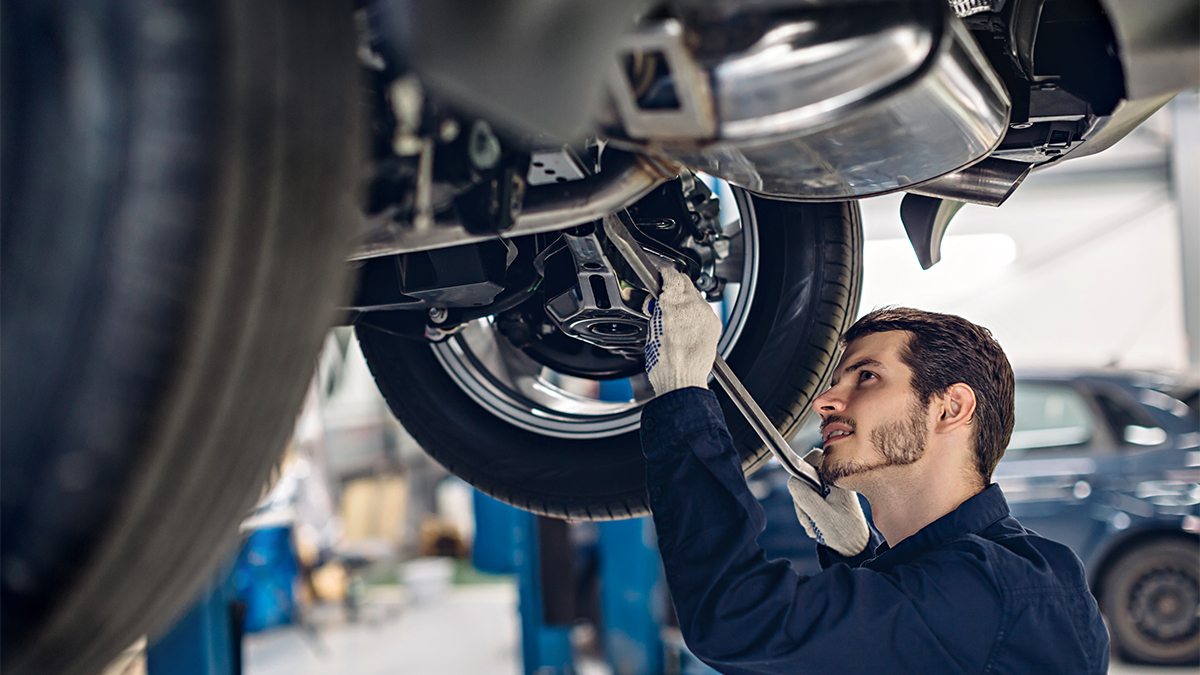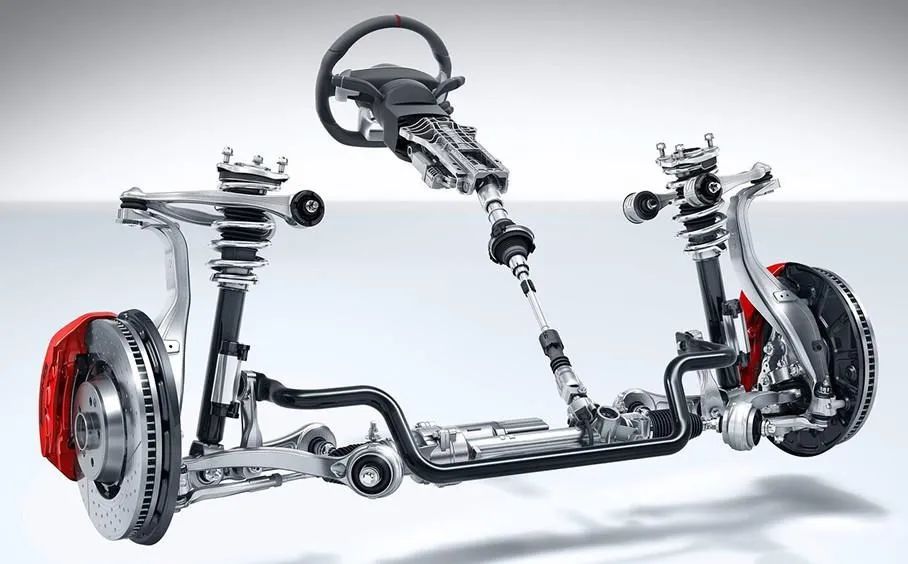I can state with this on this exact product, MGB and Triumph connecting rods. I have 10 years of experience with them, directly and indirectly, I would say 50 sets of rods, so I think that is pretty good feedback and I can state this honestly to you guys.
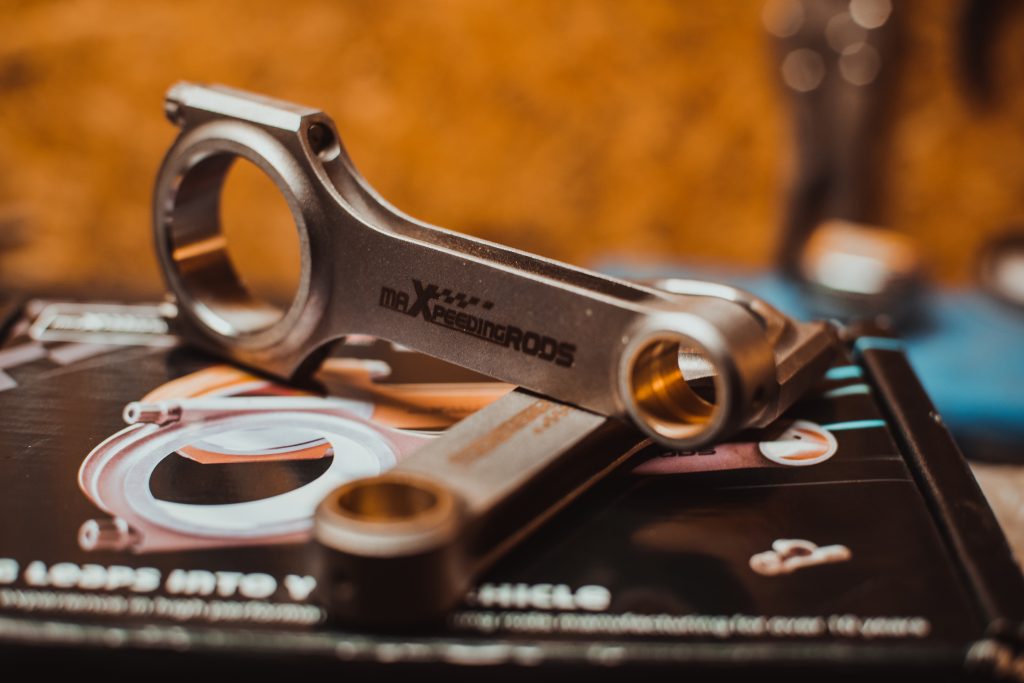
My plan is to just closely examine these rods, check housing bore sizes, top, bottom, total weight as for checking the entire set, look at machining, and how the rod’s bolts bores are threaded, as for rod bolt shoulder length and such. I’m pretty sure I will not find anything earth shattering, but at least we will know for sure.
Before torquing the rods, I inspected the parting line of the rods. It’s pretty normal to deburr the edges of the parting line after grinding, and before honing to size, and I did find a small burr on the one rod I was working with, and deburred it with a file, pretty much normal operation anytime you grind parting lines on a connecting rod for resizing. After torquing the rods, now it was time to check it out for housing bore size on the Sunnen AG300 rod gauge, it was dead on 2.0215″, which is the big side of the spec range for an MGB 5 main connecting rod’s housing bore. Next I test fit a .812″ piston pin to the small end, it was a bit snug, so it would need to be honed a bit for proper fitment. This is pretty normal with all the aftermarket rods, and I would sure rather it be a tick tight than a tick loose.
When I finished checking the second set of these MaXpeedingRods, I found the exact same burr on this set of rods, on the parting line of the top half of the rods, opposite the bearing retaining tab of the bottom, or cap side of the rod, after a little thought. I now realize what is making this little burr, they probably require a good bit of honing initially to get to spec, and they never are separated at the parting line again at this point of the manufacturing. So this is the only place on the rod top a burr can develop from excess material being removed during honing, because of the void from the bearing retaining tab on the rod cap, so that kinda explained itself to me. I know that got kinda deep, but it would make perfect sense to anyone who has ever resized connecting rods before, bottom line, you can de-burr it about 2 seconds with file, and then you are done, but I would highly recommend it being done, so this doesn’t make its way into the oil stream later.

Next will be to check the overall, bottom, and top weight on the rods as a complete set.Next will be to check bottom and top, and bottom weights, check small and big end sizing on my Sunnen AG300 gauge and check them over a bit as for overall machining, and such.
I finished my evacuation of the MaXpeedingRods, as far as visual, measurement, and weight.
They all weigh 616 grams total, 433 grams big end, 183 grams small end.
All housing bores were dead on 2.0215″, which is the large size of the spec range. The finish honing looked good, nicely done, good crosshatch.
The small ends have a nice bronze bushing and need to be sized to finish, ever so slightly, pretty normal with aftermarket connecting rods in general.
Rod bolts are ARP 2000 part# 200-6209, 3/8″ diameter, 1.600″ under the head length. The actual bolts in this set of rods, a batch number matched ARP’s records and were confirmed as authentic ARP 2000 rod bolts.

Overall the CNC machining looks good. I did find a small burr, on the top section of the rods, all 4 rods, in the same exact place, on the rod top, right at the parting line on the area where it would oppose to the bearing retainer tab on the rod cap. It was a small burr, and nothing a file didn’t make quick work of, but it was there on all 4 of them.
The steel is claimed to be 4340, which is what all of them claim to use, I can’t type the steel without ruining the rods, so we have to take their word for that. That’s what I was able to discover.
Just for grins, in BB’s race motor, his stock 18V rods, with ARP rod bolt, which were stock, other the ARP bolts and balancing were approximately 250 grams a rod heavier than the MaXpeedingRods rods, so that is approximately 2.2 pounds less rotating mass form the connecting rods he was running compared to the MaXpeedingRods.
I found the exact same burr on this set of rods.
I just finished checking the second set of these MaXpeedingRods rods, findings are pretty much the same as I found on the other set, all the weights, top, bottom and total are the exact same, as the other set was, and the housing bore size checked on the Sunnen AG-300 gauge is exactly the same, the big side of the housing bore spec range, 2.0215″.
I found the exact same burr on this set of rods, on the parting line of the top half of the rods, opposite the bearing retaining tab of the bottom, or cap side of the rod, after a little thought, I now realize what is making this little burr, they probably require a good bit of honing initially to get to spec, and they never are separated at the parting line again at this the point of the manufacturing.
So this is the only place on the rod top a burr can develop from excess material being removed during honing, because of the void from the bearing retaining tab on the rod cap, so that kinda explained itself to me. I know that got kinda deep, but it would make perfect sense to anyone who has every re sized connecting rods before, bottom line, you can de-burr it about 2 seconds with file, and then you are done, but I would highly recommend it being done, so this doesn’t make it way into the oil stream later.
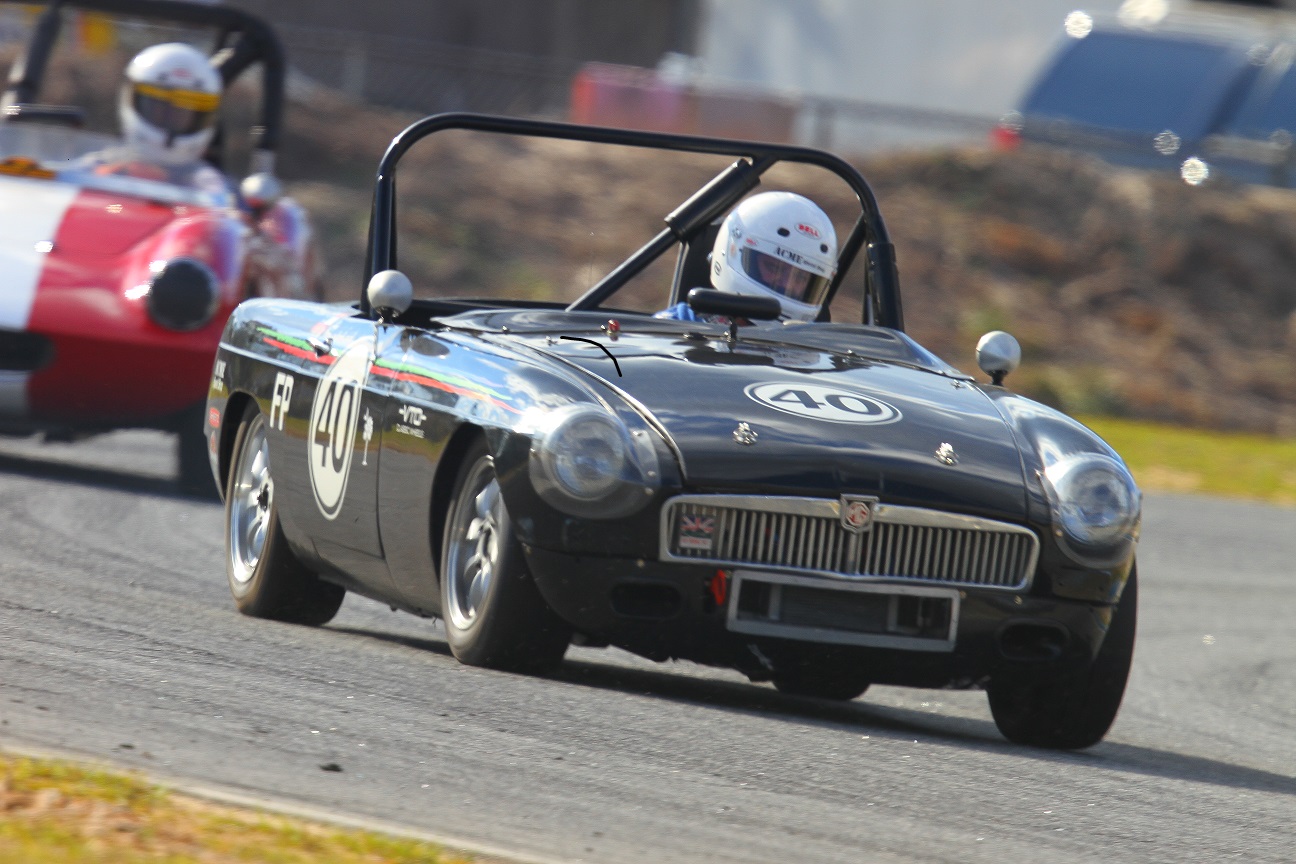
Overall this is a good little connecting rod for the money. If you rebuild a set of OEM MGB 5 main engine connecting rods, resizing the big end, maybe replacing and sizing small end bushing on the earlier rods, installing ARP rod bolts, and having the set balanced, you are spend very close to, or exactly what a set of MaXpeedingRods rods cost, so get the MaXpeedingRods rods instead. What do you get for your money, you get lighter, better quality steel connecting rods that already have ARP 2000 rod bolts, have been properly big end sized on a Sunnen rod hone, and are balanced within a gram on top, bottom and total weight. All you need to do on your end is, size the small ends to your piston pins, this is the norm on all new connecting rods, and do a good check over and final cleaning, and regardless of the year model MGB 5 main bearing engine you have, use the 65-71 MGB piston with provisions for a floating pin.
I use these in many streets and some budget race engine builds, and to this point, they have flawless in street performance builds, and the only race failure I have was the ARP 2000 rod bolt, which has to happen also with way more expensive rods than MaXpeedingRods, so I don’t blame the rod.
It was almost 10 years ago now. Needless to say, some of the doubters, including myself have since used them many times with success. My friend’s race engine had one severe over-rev incident, which resulted in valves hitting the pistons. The engine goes over 7 thou many times and the MaXpeedingRods rods have given no problems at all. So from a user’s point of view, It would be highly recommended. They held up pretty well in a torture test.
About the Author: As an engine tuner and builder for more than 30 years, Hap Waldrop is the go-to guy on British car forums. His advice on-road cars and racers is often the last word. Hap owns and operates Acme Speed Shop out of Greenville, SC, where his specialty is rebuilding MG engines ranging from stock to full-out race prepared.
